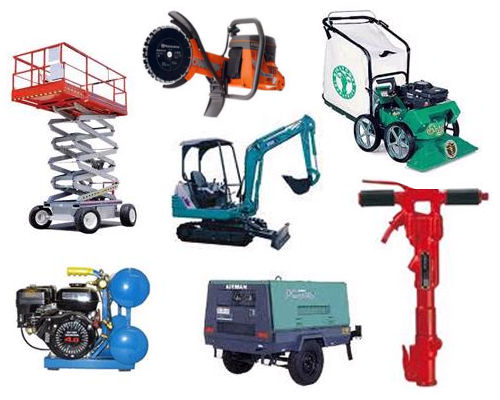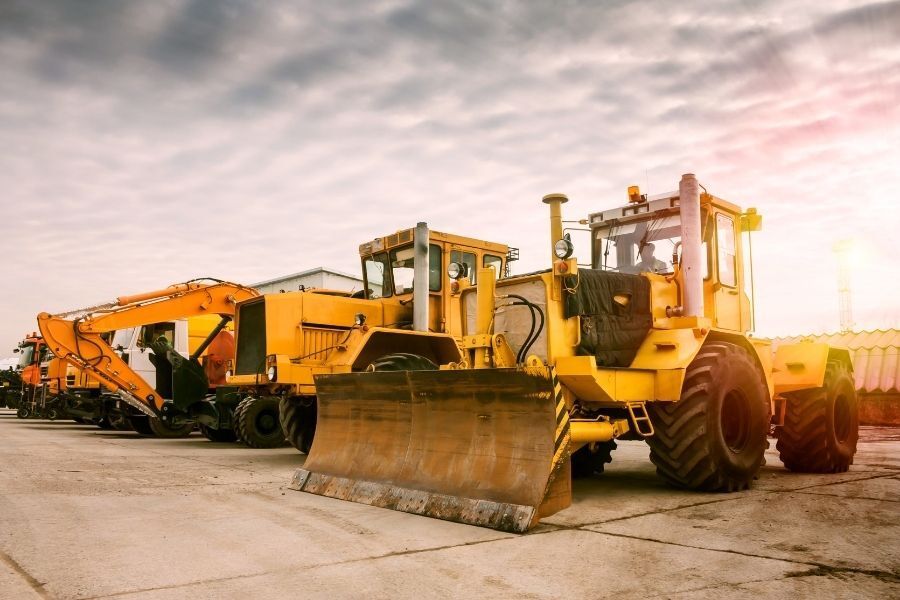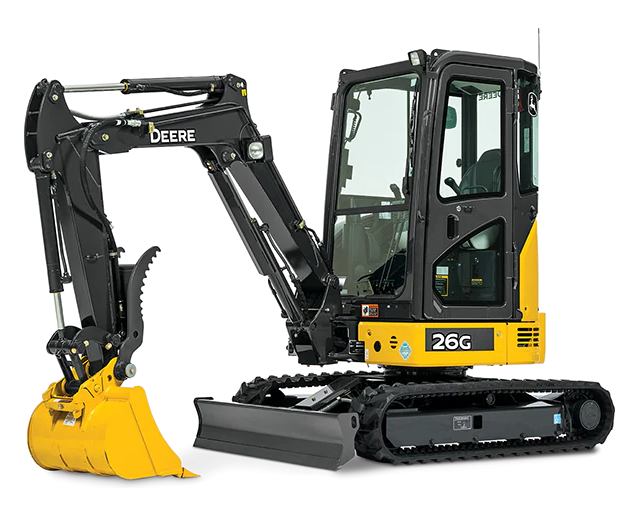Construction Equipment Rentals: Sturdy Machinery for Your Jobs
Wiki Article
Maximize Your Spending Plan by Comprehending the Expenses Connected With Construction Equipment Rentals
Comprehending the full scope of expenses associated with construction tools leasings is critical for optimizing your budget plan. What techniques can be utilized to effectively manage these expenses and make certain a much more effective rental experience?Introduction of Rental Expenses
When thinking about building and construction tools rentals, comprehending the linked prices is extremely important for reliable budgeting and task preparation. Rental expenses can differ substantially based on several elements, including tools type, duration of rental, and area. The initial rental fee usually mirrors the tools's market need and its linked operational abilities, affecting the overall expenditure.Along with the base rental price, ancillary expenses might arise, such as transportation charges, fuel surcharges, and maintenance charges. It is vital to account for these added expenses to properly analyze the complete cost of renting out tools. The rental duration can impact prices; longer leasings may qualify for discounted prices, while short-term rentals may incur greater day-to-day costs.

Breakdown of Rental Rates
An extensive understanding of rental rates is important for specialists and job managers aiming to optimize their budgets. Rental rates for construction equipment usually consist of a number of elements, consisting of base prices, time-based costs, and use costs.Base rates are the core costs related to the leasing of the tools, commonly figured out by the kind and dimension of the machinery. These rates can differ substantially, influenced by aspects such as devices need, availability, and local market fads. Time-based charges, which may be daily, weekly, or monthly, offer to suit different job timelines and rental periods.
Additionally, rental prices may include use charges, which are suitable when devices is utilized past a specified threshold, ensuring that the rental firm can represent deterioration. Seasonal demand variations can additionally impact rental prices, with peak building and construction periods commonly commanding higher costs.
Moreover, comprehending the rental firm's plans regarding upkeep and insurance policy can give further understanding into the overall expense structure. By analyzing these components, service providers can make informed choices, making certain the selection of rental devices aligns with both task demands and spending plan restraints.
Added Fees to Take Into Consideration
Understanding the complexities of extra costs is crucial for specialists to manage their overall leasing costs effectively. Beyond the conventional rental rates, numerous additional fees can considerably affect the overall expense of devices service. These charges frequently consist of delivery and pickup costs, which can vary based upon distance and logistics included in transporting the devices to and from the job site.In addition, some rental firms may impose fuel surcharges if the equipment is returned with less gas than when leased. It is likewise vital to understand prospective cleansing fees, particularly for specific tools that needs complete upkeep after usage.

Extensively reviewing the rental contract and clarifying these additional costs in advance can aid professionals make certain and stay clear of unforeseen prices that spending plans stay intact throughout the job lifecycle.
Repair And Maintenance Costs
Regular upkeep and repair costs are usually overlooked factors that can considerably affect the overall price of building and construction tools leasings. When renting out equipment, it is critical to think about not only the rental costs but likewise the possible prices related to keeping the machinery in ideal operating condition.Many rental firms include standard maintenance as component of the rental agreement; nonetheless, extra comprehensive repair services or unexpected break downs can result in added expenditures. It's vital to evaluate the rental agreement thoroughly to understand what upkeep solutions are covered and what obligations drop on the renter.
In addition, equipment that is not properly maintained can cause inadequacies on the task website, possibly raising and triggering hold-ups task expenses. To reduce these threats, it is recommended to carry out regular inspections and keep open communication with the rental service provider regarding any kind of problems that occur during use.
Insurance Policy and Responsibility Costs
Insurance coverage and responsibility costs are important components mini excavator rental that can considerably affect the overall expense of construction devices rentals (mini excavator rental). These prices make sure that both the rental firm and the client are shielded from prospective monetary losses occurring from crashes, damages, or burglary during the rental period
In addition, customers ought to understand any type of deductibles or exclusions in the insurance plan, as these can affect prospective out-of-pocket costs. Comprehending the terms of any kind of insurance policy coverage is vital to stay clear of unanticipated expenses. Eventually, budgeting for insurance policy and responsibility costs can aid ensure a smoother rental experience and shield versus economic threats related to building and construction jobs.
Verdict
In final thought, a detailed understanding of the prices associated with construction equipment rentals is essential for reliable spending plan monitoring. Inevitably, informed decision-making pertaining to tools services adds to the total success of building ventures.Rental expenses can vary substantially based on a number of aspects, including equipment kind, period of service, and place (forklift rental). The rental duration can influence prices; longer services may qualify for affordable prices, while temporary leasings might sustain higher daily costs
By conducting extensive research study and engaging with trusted rental companies, professionals can successfully navigate the complexities of rental rates, ultimately maximizing their economic resources.
Past the conventional rental prices, numerous additional charges can dramatically affect the overall cost of equipment rental. Rental business commonly give liability insurance that covers injuries to third parties or damage to home, while devices damages insurance can cover the cost of repair work or substitute if the leased tools is damaged.
Report this wiki page